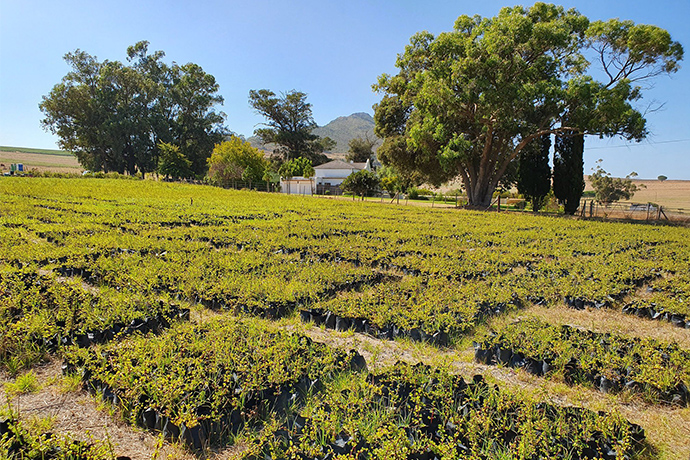From carbon farming and thicket restoration to building the largest labyrinth in the world – spekboom has taken South Africa by storm. Giltedge recently got involved with Wonder Plant’s labyrinth project and learnt more about the popular South African “super-plant”.
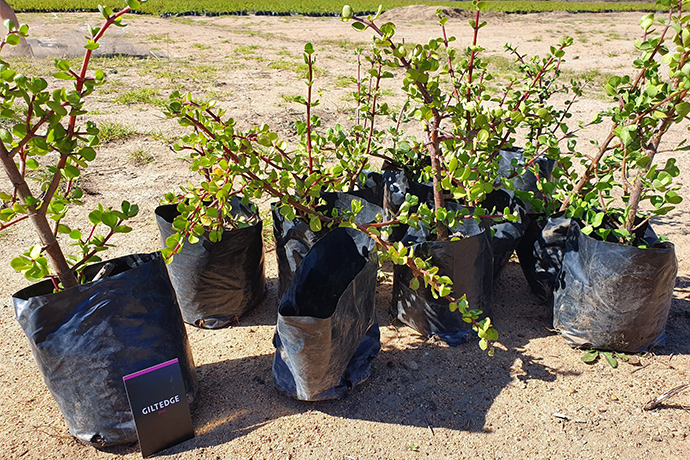
What is Spekboom?
Spekboom’s botanical name is Portulacaria afra but it is also known as Elephant’s Food or Porkbush. The plant occurs mainly in the Albany Thicket Biome, a subtropical region across the south eastern coast of South Africa. A spekboom tree is fire-resistant and can live for up to 200 years. Spekboom sequesters and stores large amounts of carbon and they adapt quite quickly to their surroundings.
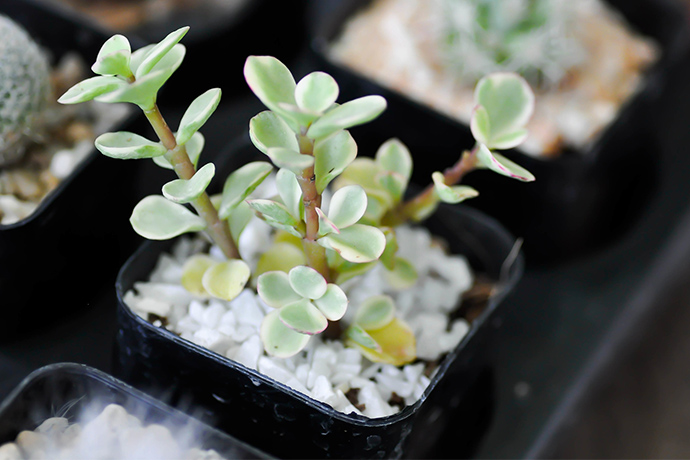
10 reasons to grow spekboom in your garden:
• They are relatively easy to plant through propagation
• Under the right conditions, it sequesters high amounts of carbon from the air
• Spekkies photosynthesise 24 hours a day
• They have a 2-century-long lifespan
• Adapts quickly
• Indigenous to South Africa
• Water-wise
• Fire-resistant
• Drought-tolerant
• It is also edible
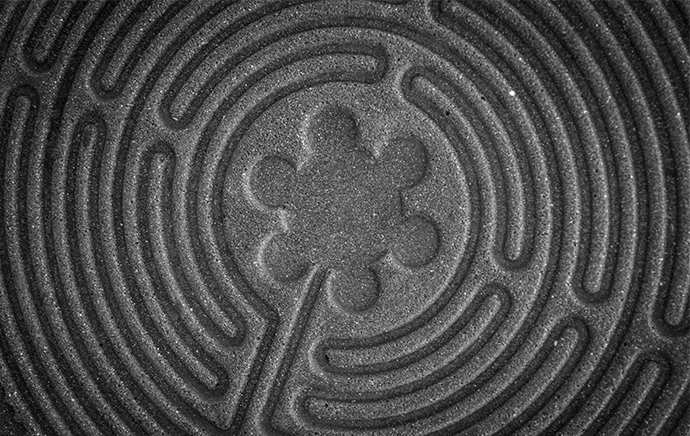
The Great Labyrinth of Africa
The Great Labyrinth of Africa project aims to lower South Africa’s carbon footprint by planting enough spekboom to form a large labyrinth. The project was made possible by Wonder Plant, a social enterprise established by environmental activist, Peter Shrimpton. Wonder Plant’s “tree-preneurs” grew the 90,000 trees to be planted in the labyrinth. 563 spekboom hedges will make up 13 circuits occupying 230 square metres of land. Once complete, the labyrinth will be the largest in the world – a living monument to remind humanity to be mindful of our carbon footprint.

GDA’s Green Initiative
Last month, our team visited the site of the Great Labyrinth of Africa at the East Hill Farm in Stellenbosch to view the area where our spekboom will be planted. We partnered with the Global DMC Alliance on this sustainability project to do our bit in the fight against climate change. We hope this small step will encourage others to volunteer, contribute and lower South Africa’s carbon footprint.
Planting our 150 trees will lessen our carbon footprint, create awareness on thicket restoration and perhaps, encourage our delegates to get involved with more climate change initiatives.
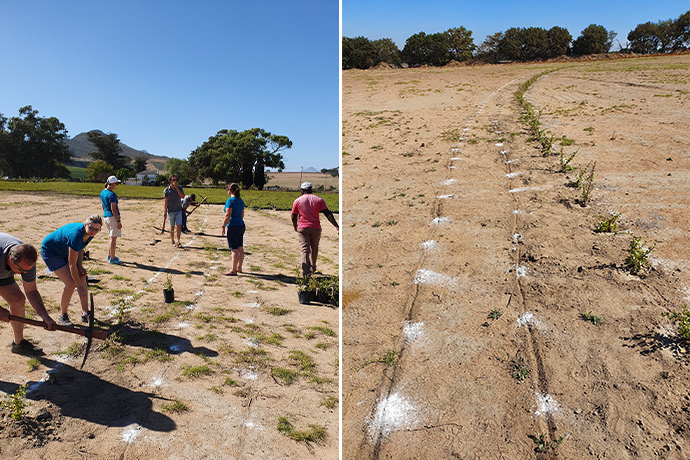
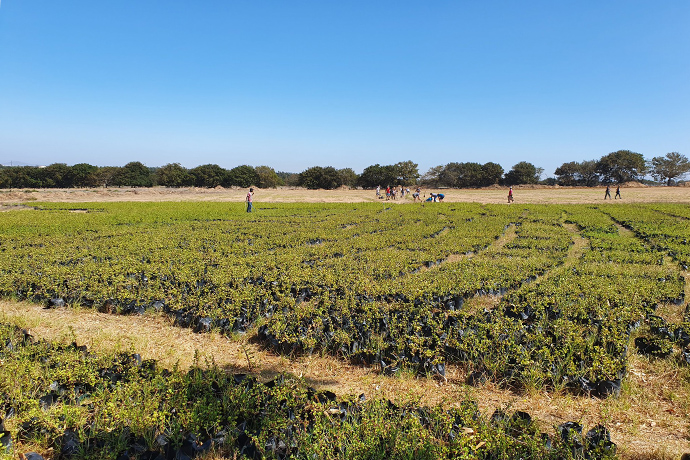
The Spekboom Challenge vs. Indigenous Biomes
This popular succulent helps offset our carbon footprint, but when planted in wild areas, it can pose a threat as an invasive species. A growing trend of renegade planting endangers indigenous species of specific biomes. Spekboom is a high-performing plant and will out-compete other indigenous flora if planted outside of its natural habitat. Plant responsibly and do not plant spekboom in the wild.
So, where can you grow your spekboom? You can plant spekkies at approved sites and at home in your own private garden. Many plant collectors are gifting spekboom as pot-plants, some born from clippings of the parent plant – a fun and safe way to propagate this little air-cleaner.
Learn more about how you can get involved with The Great Labyrinth of Africa project: https://www.greatlabyrinth.co.za/get-involved

